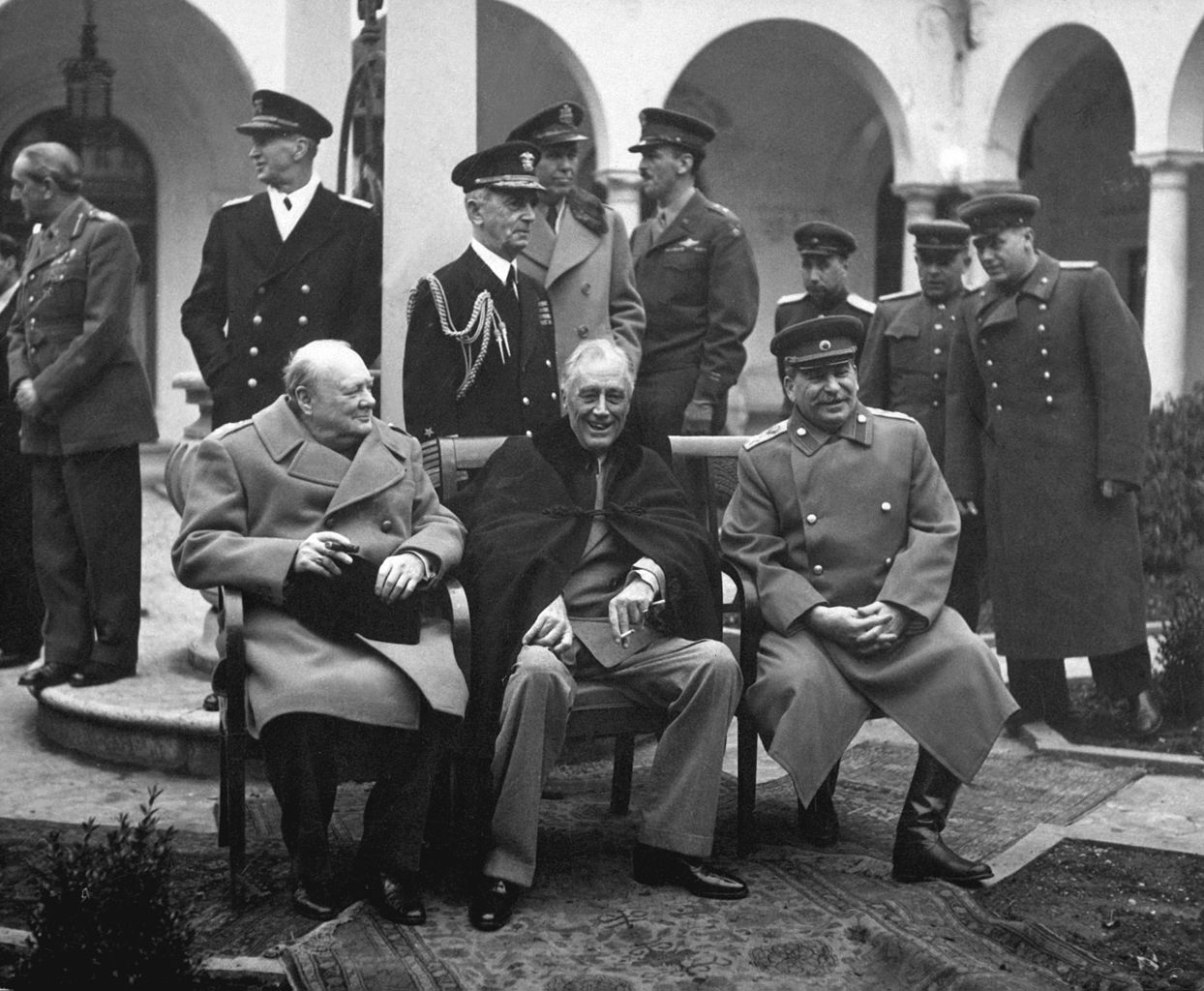Get to Know BP Year Four: Modern
Click the tabs below to learn more about BP Year Four.

BP Year Four covers U.S., World and Church History from 1850 – 2001. Like Year Three, Year Four covers U.S. and World History side-by-side.
On the World History side, Year Four covers an astonishing number of wars. First comes the Sepoy Rebellion in British India, followed the Crimean War to prop up the dying Ottoman Empire. Then come two South American wars, the Franco-Prussian War, the Spanish-American War, the Russo-Japanese War, two Chinese-Japanese wars, the Mexican Revolution, World War I, the Russian Revolution, the Spanish Civil War, World War II, the Cold War, the Korean War, the Vietnam War and several more. Modern thinkers were great at dreaming up new ways to kill each other, but not so great at diplomacy.
On the U.S. History side, Year Four starts with the conflicts that almost tore the USA apart. Chapters 4 and 5 cover U.S. History exclusively, following the American Civil War from beginning to end. Then come Reconstruction, the great westward migration and the First Transcontinental Railroad. The Western Indian Wars get good coverage, as does the Spanish-American War. While covering the two world wars of the 1900s, we also cover the Gilded Age, the Roaring Twenties, Prohibition, the Great Depression, the Dust Bowl, two Red Scares, the Nuclear Arms Race, the Space Race and much more.
On the Church History side, Year Four covers brave missionaries who carried the gospel of Jesus Christ to all the places we cover—from Africa to India, China, Korea, Japan and more.

On the World History side, Year Four starts with the mighty British Empire of Victorian times. Besides Queen Victoria herself, we also cover the Sepoy Rebellion in British India, the Crimean War to save the Ottoman Empire from the Russians, two Anglo-Afghan wars, two Opium Wars between Britain and China, and much more.
Over in France, we read how the Second French Republic elected an heir of Napoleon president—and wound up with Emperor Napoleon III. The Second French Empire stood until 1870, when the Prussians crushed the French in the Franco-Prussian War. Before now, the German-speaking countries had been divided and weak. Now the Prussians’ big win pulled almost all German-speakers together, creating the power that would be the terror of the 1900s: the German Empire.

On the U.S. History side, we start with the abolitionist movement, the Underground Railroad, and other precursors to the Civil War. After two full chapters on the war itself, we move on to Reconstruction, Plessy v. Ferguson and Jim Crow laws. We also move on to the great westward migration, the First Transcontinental Railroad, and the Western Indian Wars. Then comes the Gilded Age of Carnegie, Rockefeller and other “robber barons,” along with the labor movement that rose against them.
Over in Asia, we read how a visit from the U.S. Navy helped pull Japan out of a technological rut. Before now, most Eastern countries had been far behind Western ones. Now Japan used technology to become the great power of the East. With the USA becoming a great power too, the pieces were all in place for the great conflicts of the 1900s: World War I, World War II and the Cold War.
U.S. & World History topics covered in Year Four include:
- Victorian Britain and British India
- The Crimean War to prop up the dying Ottoman Empire
- The secession of the American South and the Civil War
- Reconstruction, the Ku Klux Klan and Jim Crow Laws
- Napoleon III, Otto von Bismarck and the Franco-Prussian War
- The Pony Express, the Transcontinental Telegraph and the Transcontinental Railroad
- The Three Great Unifiers of Japan
- The Perry Expedition and the Meiji Restoration
- The Temperance Movement and Prohibition
- The Women’s Rights Movement
- The Scramble for Africa
- The Second Opium War between Britain and China
- The Boxer Rebellion in China
- The Russo-Japanese War and the Battle of Tsushima
- Crazy Horse, Custer and the Western Indian Wars
- The Gilded Age of Carnegie, Rockefeller and other “robber barons”
- The Balkan Wars
- Benito Juarez and the Mexican Civil War
- Kaiser Wilhelm II and Word War I
- Vladimir Lenin and the Russian Revolution
- The Roaring Twenties
- Michael Collins and the independence movement in Ireland
- Gandhi and the independence movement in India
- The Great Depression
- The rise of Hitler
- Francisco Franco and the Spanish Civil War
- The European Theater of World War II and the Holocaust
- The Pacific Theater of World War II and the first nuclear bombs
- The Korean War
- The Chinese Civil War, Mao Tse-tung and Communist China
- The Cold War, the Space Race and the Nuclear Arms Race
- The Vietnam War
- The Civil Rights Movement in the U.S.
- The falls of the Berlin Wall and the USSR
- 9/11
- and many more!
On the Church History side, Year Four covers brave missionaries who shared the gospel with a world that often rejected them.
Missionaries covered in Year Four include:
- Hudson Taylor
- Lottie Moon
- David Livingstone
- Amy Carmichael
- Lillian Trasher
- Gladys Aylward
- Eric Liddell
- Jacob DeShazer
- Ida Scudder
- C.T. Studd
- Robert Jermain Thomas
- Brother Andrew
- and more!

The geography side of BP Year Four is mostly about how world conflicts changed the world map. For example, we learn:
- How the Civil War split West Virginia from Virginia
- How a war for independence led to two Irelands—one an independent republic, the other part of the United Kingdom
- How World War I led to the creation of Czechoslovakia, the creation of Yugoslavia, and the re-creation of Poland
- How an independence movement split British India into Hindu India and Muslim Pakistan
- How a war for independence split Bangladesh from Pakistan
- and much more!

BP Year Four is divided into six units:
- Unit 1: The Victorian Era; North versus South (6 weeks)
- Unit 2: Before the Great War (6 weeks)
- Unit 3: World War I (6 weeks)
- Unit 4: Between the Wars (5 weeks)
- Unit 5: World War II (5 weeks)
- Unit 6: The Cold War; Wars in the Middle East (6 weeks)
Total: 34 weeks
All BP materials have 34 chapters for a 34-week school year. If you follow a typical 36-week school year, then that leaves two extra weeks for field trips, parties and so on.


